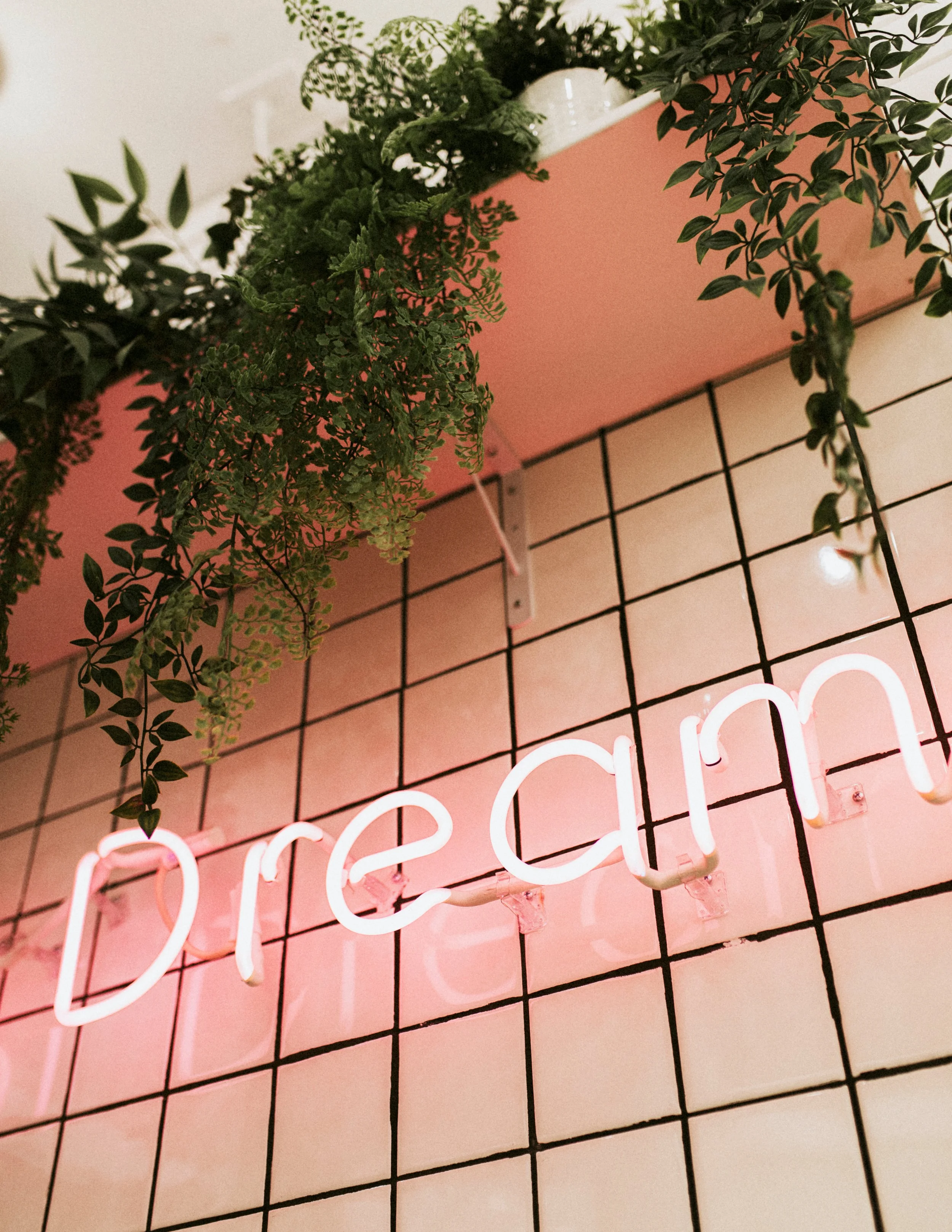Chasing Trends
In a market perpetually chasing what’s new, creating a successful brand is becoming increasingly difficult. Owners looking to give their new business concept a competitive edge often have the same idea; they’ll do something that’s already popular but they’ll put a clever twist on it. Sometimes this approach yields some cool results; sometimes it stitches together a Frankenstein. Things that work independently don’t necessarily work well together - like our friend here, the matcha croissant. More importantly, this approach to a creating a brand lacks a brand story - i.e. it has no narrative to make it resonate with its intended audience.
Having a business concept that you dress in whatever is trending to make it popular can be a very dangerous and very expensive trap. Here are two significant drawbacks worth considering.
First, it dilutes your core concept. Including a lot of design elements that people are used to and already have mass-market adoption mean that you’re stepping into a crowd of people dressed exactly like you - which makes it difficult to consider your business as anything except copy/paste. And second, it means that once you attach your concept to a trend, it gives it a lifespan only as long as that trend exists. As we all know, sometimes that’s not very long. If you’ve joined the trend mid-curve, your time is even shorter.
When you zoom out and look at the pattern of most trends, the macro picture reveals a lifespan of a few years to a decade for most. That’s increasingly evident in the hospitality industry as we see the waves/trends repeat on shorter and shorter cycles. Pastel coloured cafés with tiled surfaces and neon slogans selling ‘magic’ lattes are one of many examples that came and went. So it’s important to ask yourself (if you’re pouring your life savings into your concept) if it’s got longevity, or if it will be valuable to sell in a few years. Possibly; possibly not. The money wasted by trend-chasing businesses who get forced to re-brand with a new concept, new fit-out, new collateral, new menus, new everything every few years to remain relevant can be a death sentence.
Trends in Hospitality
THINGS WE THOUGHT WERE REALLY COOL; AND THEN WE MOVED ON
Tablecloths and folded linen everywhere
Fine-diners in shopping malls
Food Trucks
Fire-driven menus and everything smoked
Fixed price menu restaurants
Nose to tail restaurants
Blackout restaurants
Industrial chic fitouts
Exposed Edison Bulb lighting
Mid-century fitouts
Projections on walls
Dude food
Everything Mexican
Everything doughnut
Everything fermented
$100 gourmet burgers
Secret location dinners
Hidden bars
Tapas bars
Cigar bars
Ice bars
Whiskey bars
Shisha bars
Style vs. Fashion
Making sure that your brand is aesthetically appealing to the market you’re chasing is important, no doubt. In fact, with the amount that going out to eat these days is less and less about the food and more and more about the overall experience, it’s almost a requirement. But beware of chasing success by dressing your idea in whatever is en vogue. Ironically, it might guarantee the concept’s failure as soon as those things you’ve just invested in aren’t cool anymore. It’s a very risky gamble to put your success in the hands of a market that’s so content-hungry and so fickle. A core concept with a good narrative that resonates all the way through the business, is a far better bet than trend-chasing, or pushing a round block through a square hole with two concepts that don’t gel.
See you in the next one!
Into.Site
Happy Hour
WELCOME TO HAPPY HOUR
A chance to pour a glass and unwind with some rants about stuff you’re probably thinking about too.


